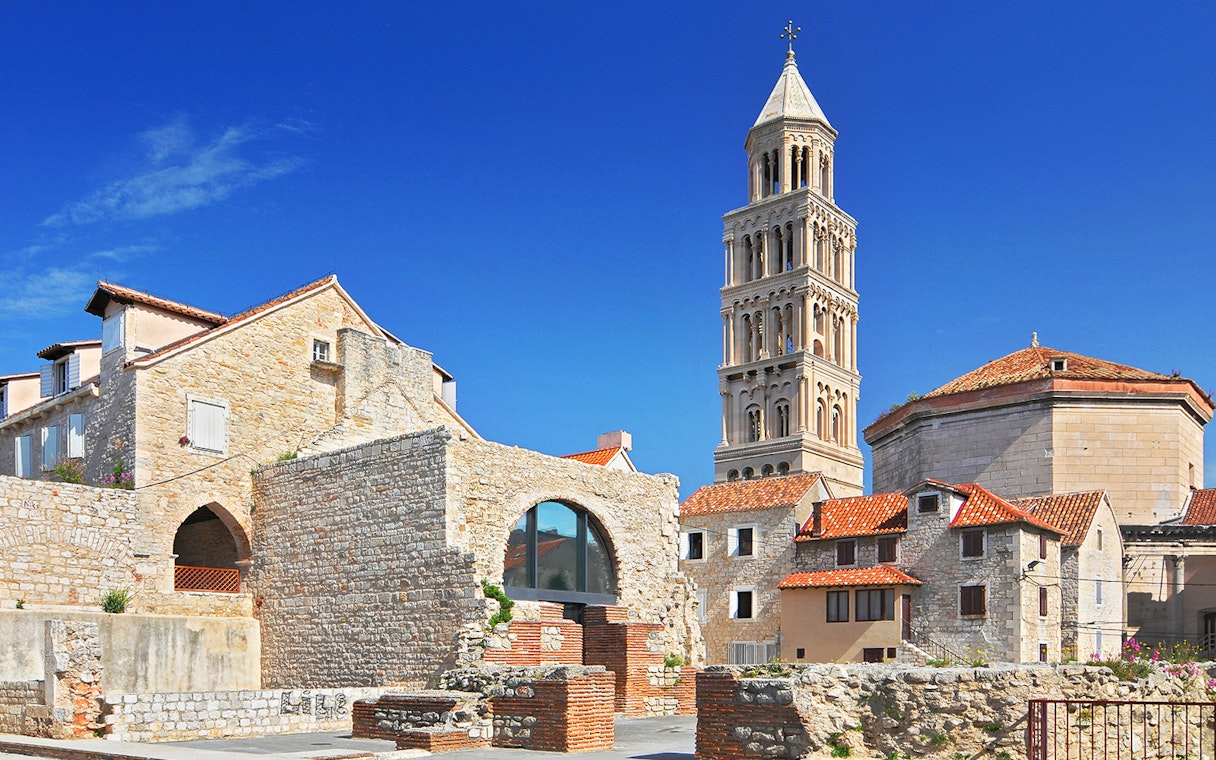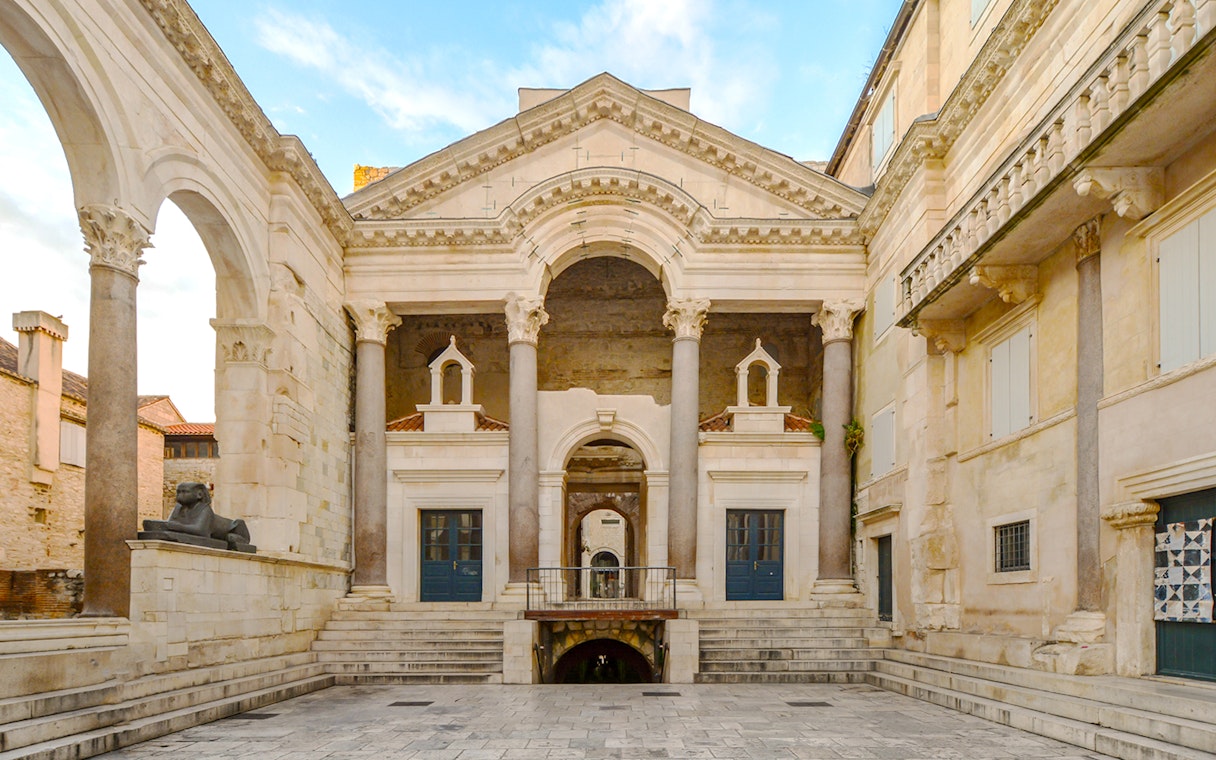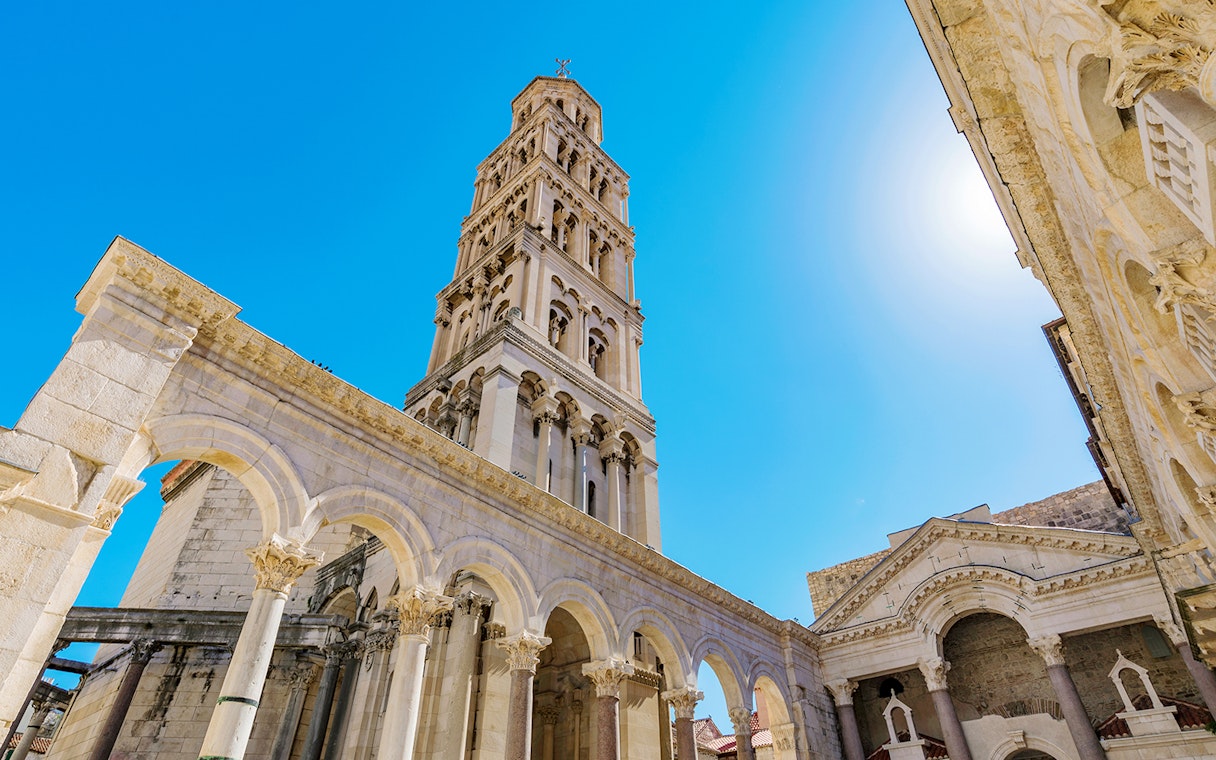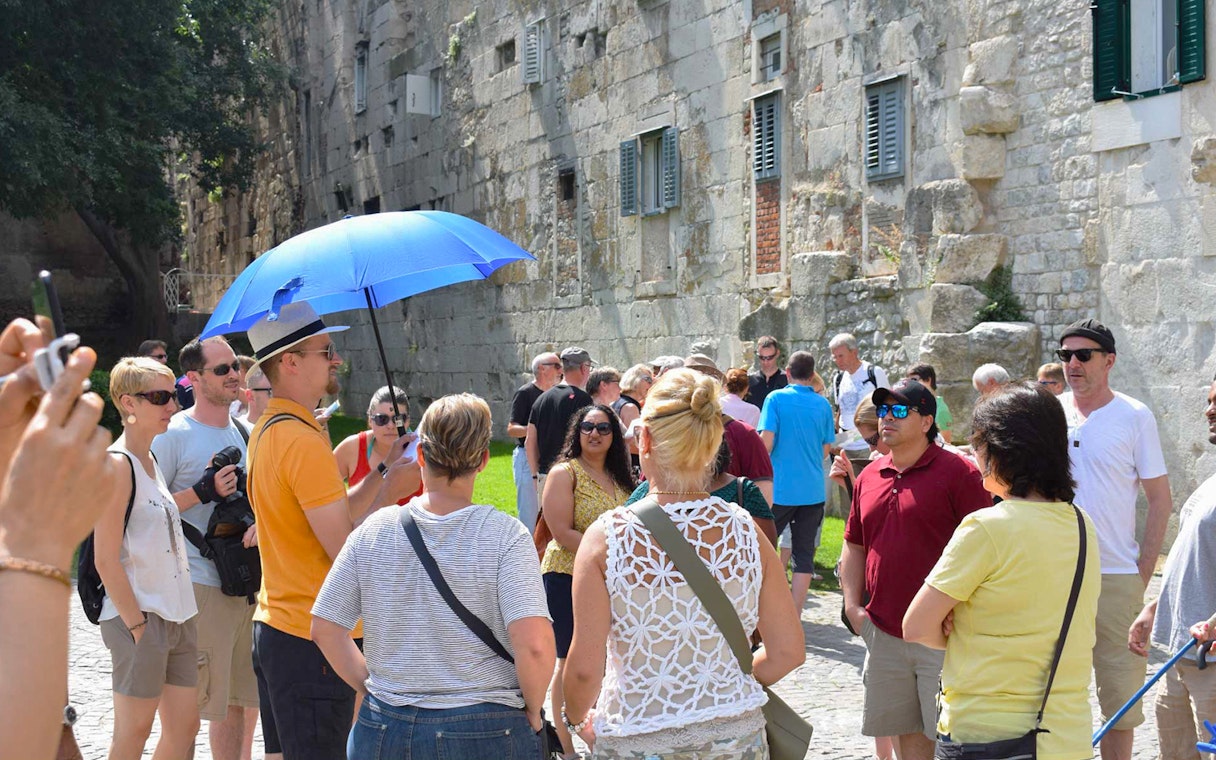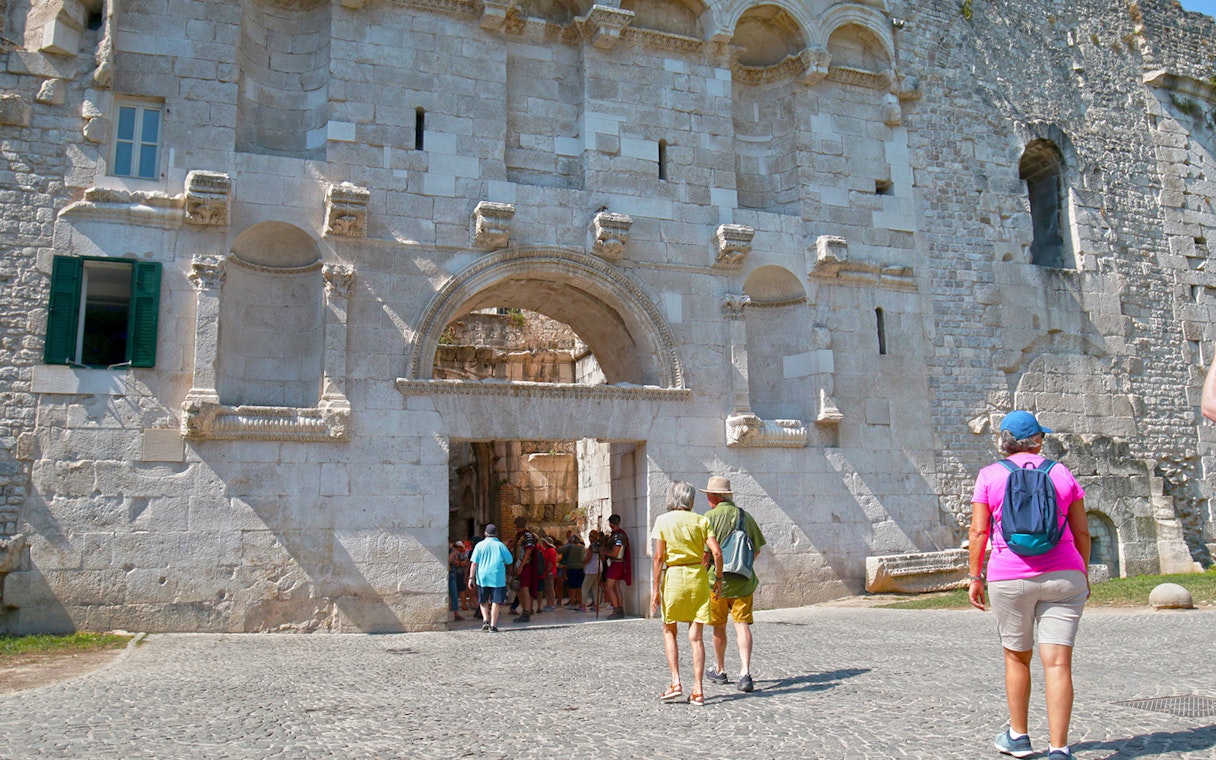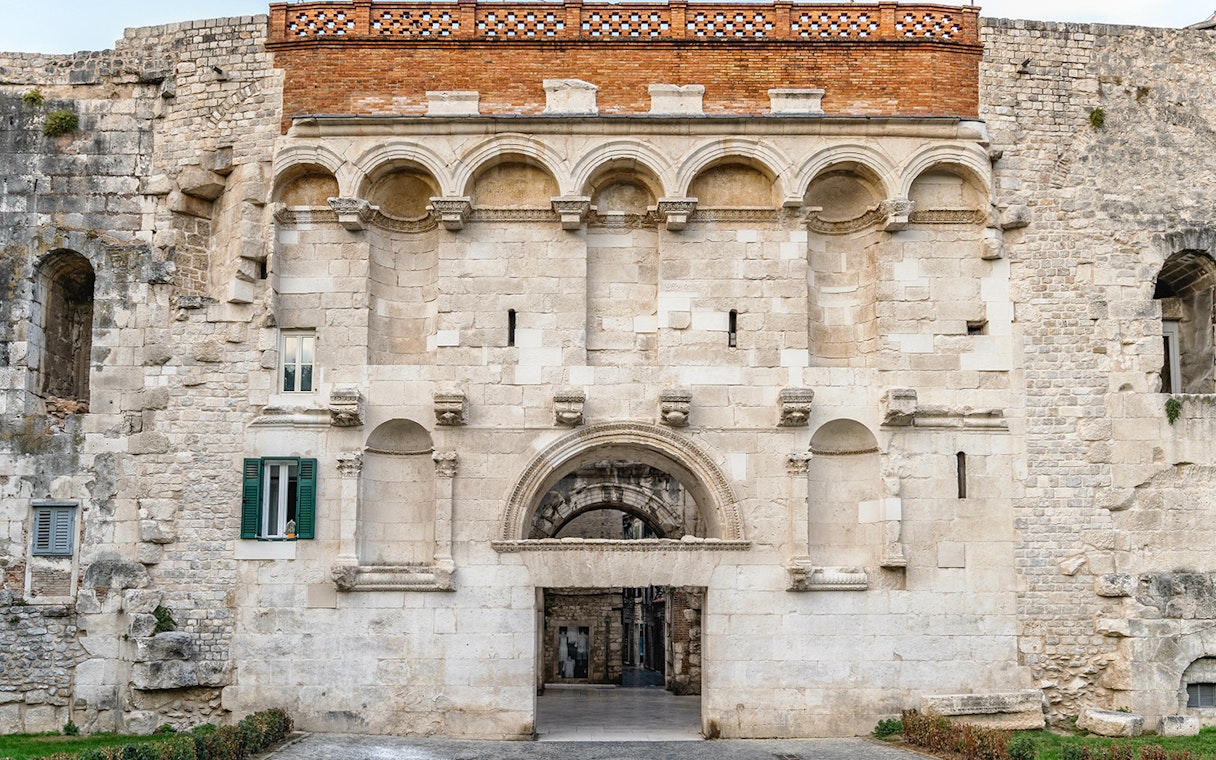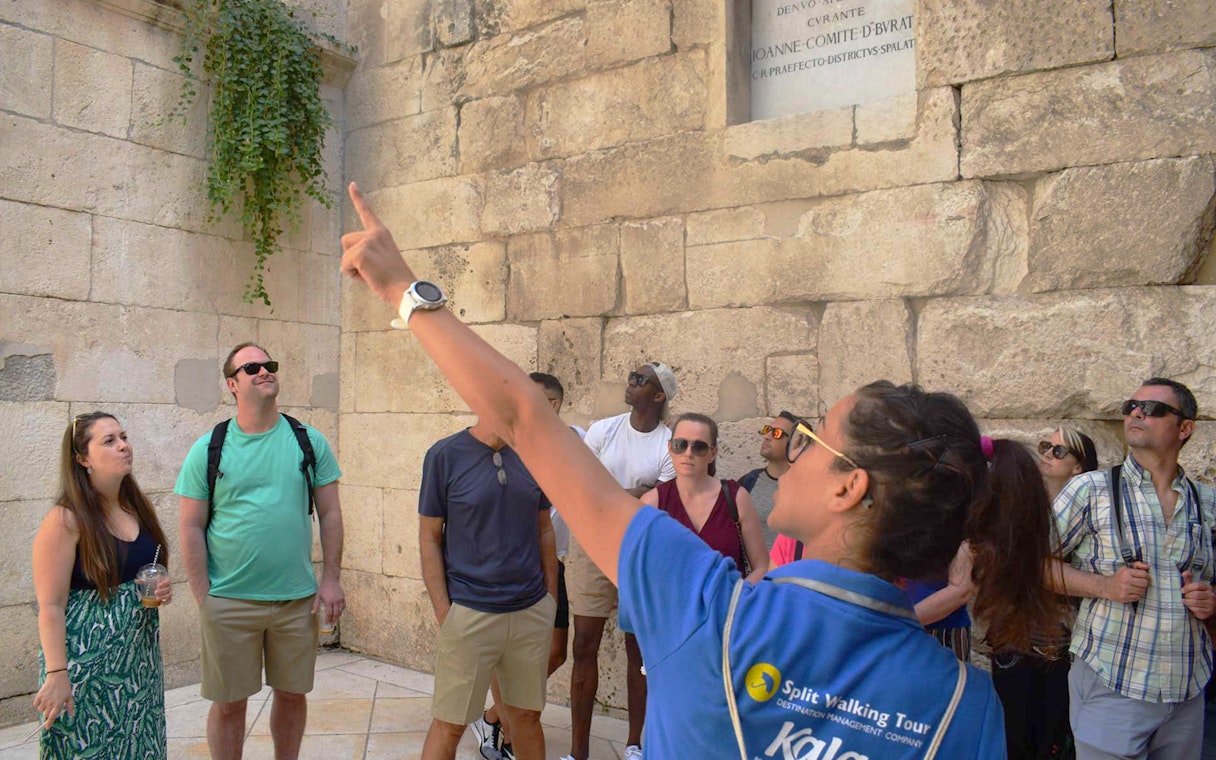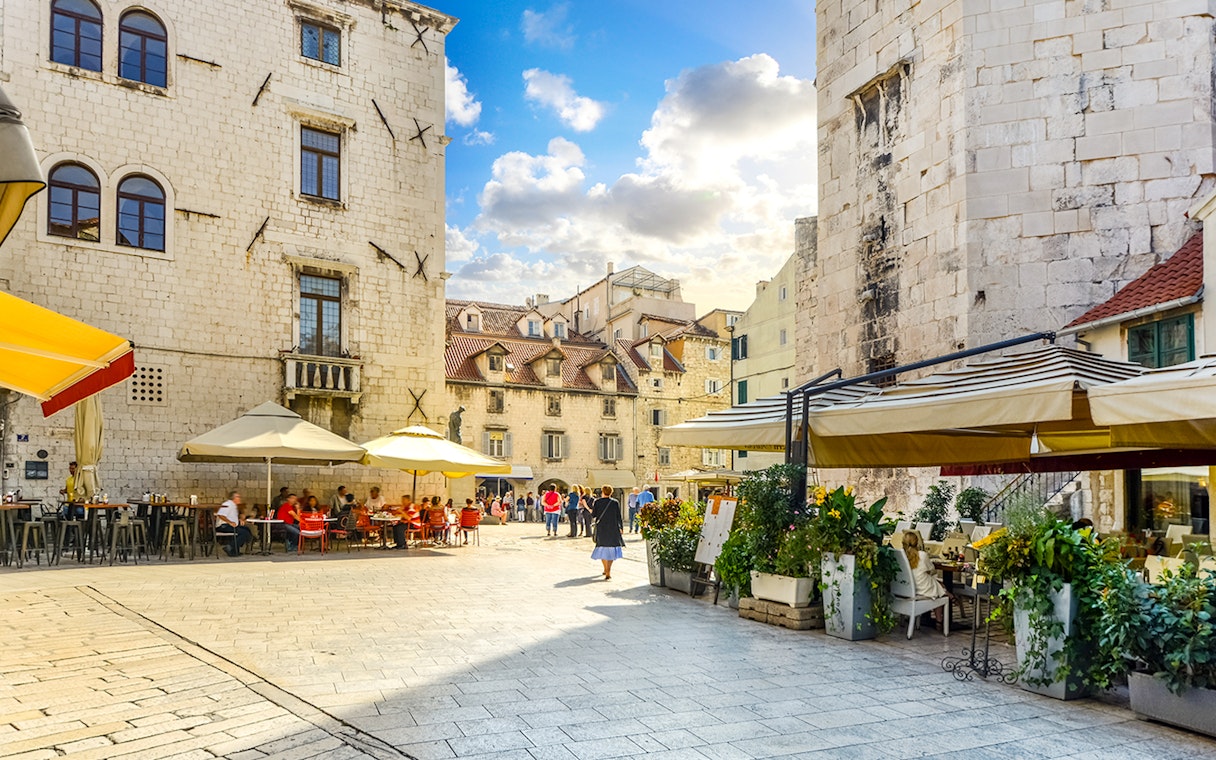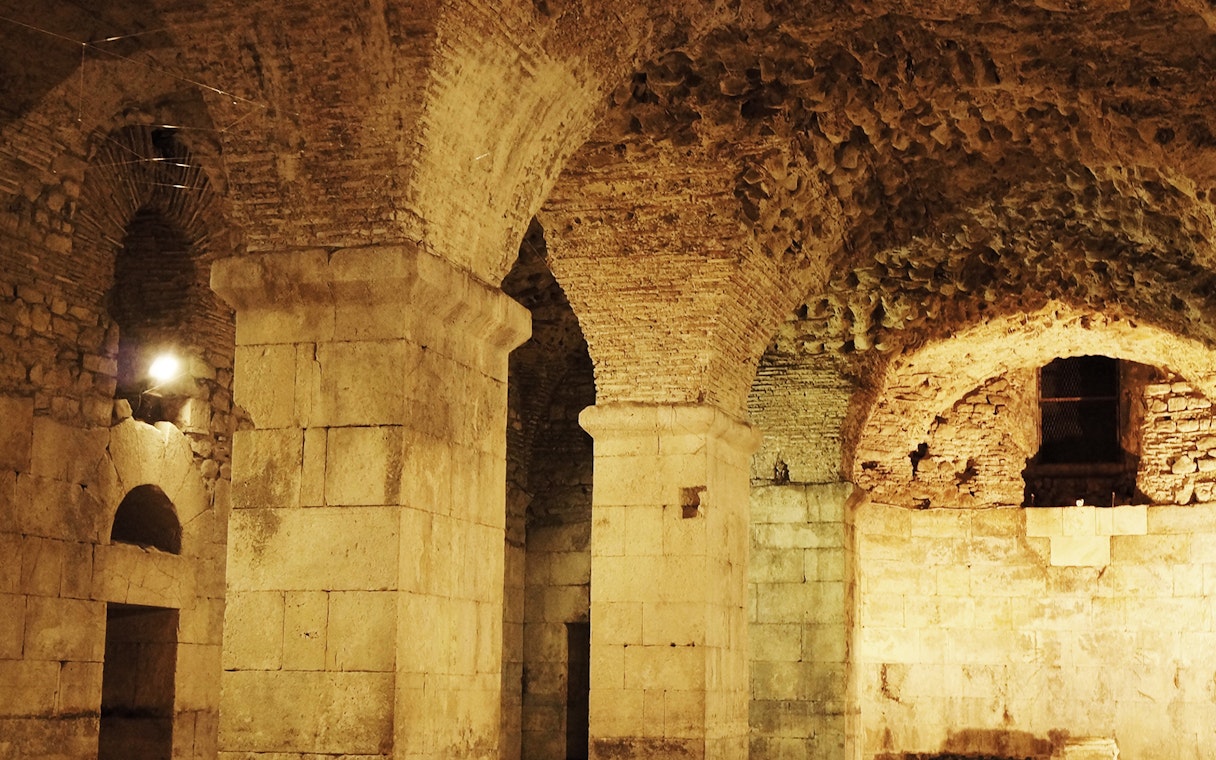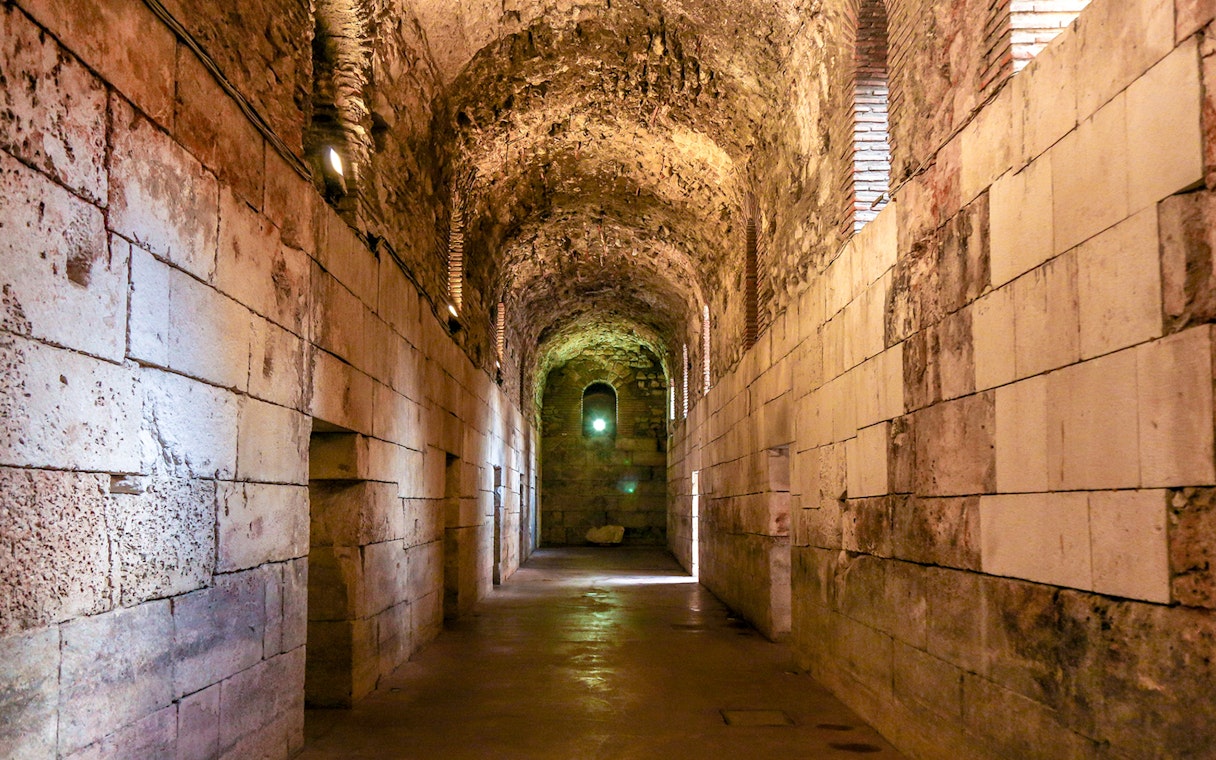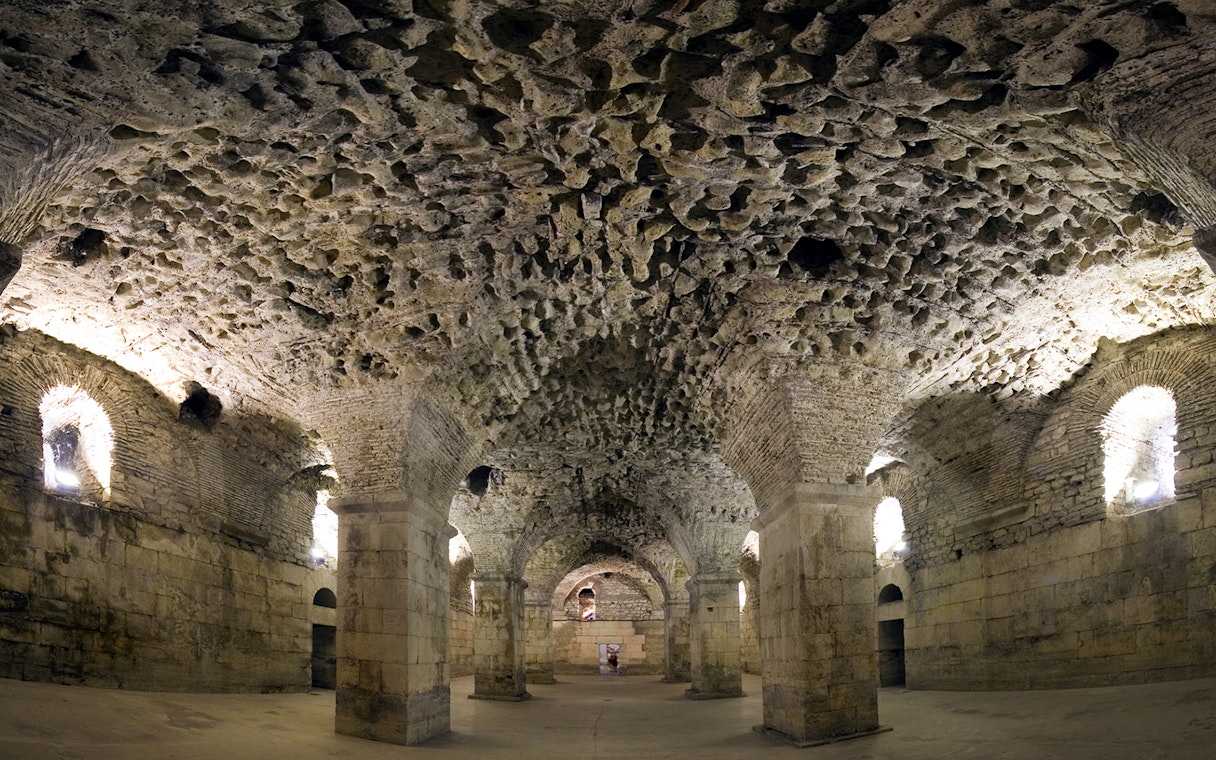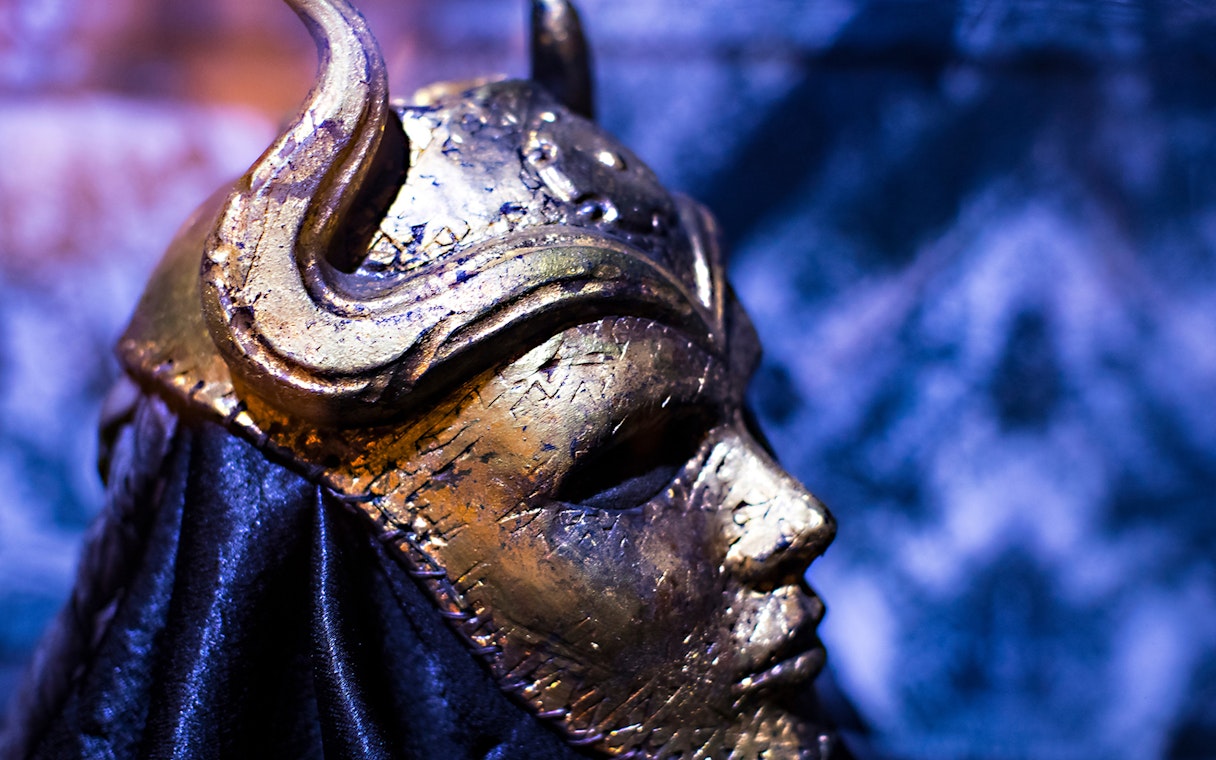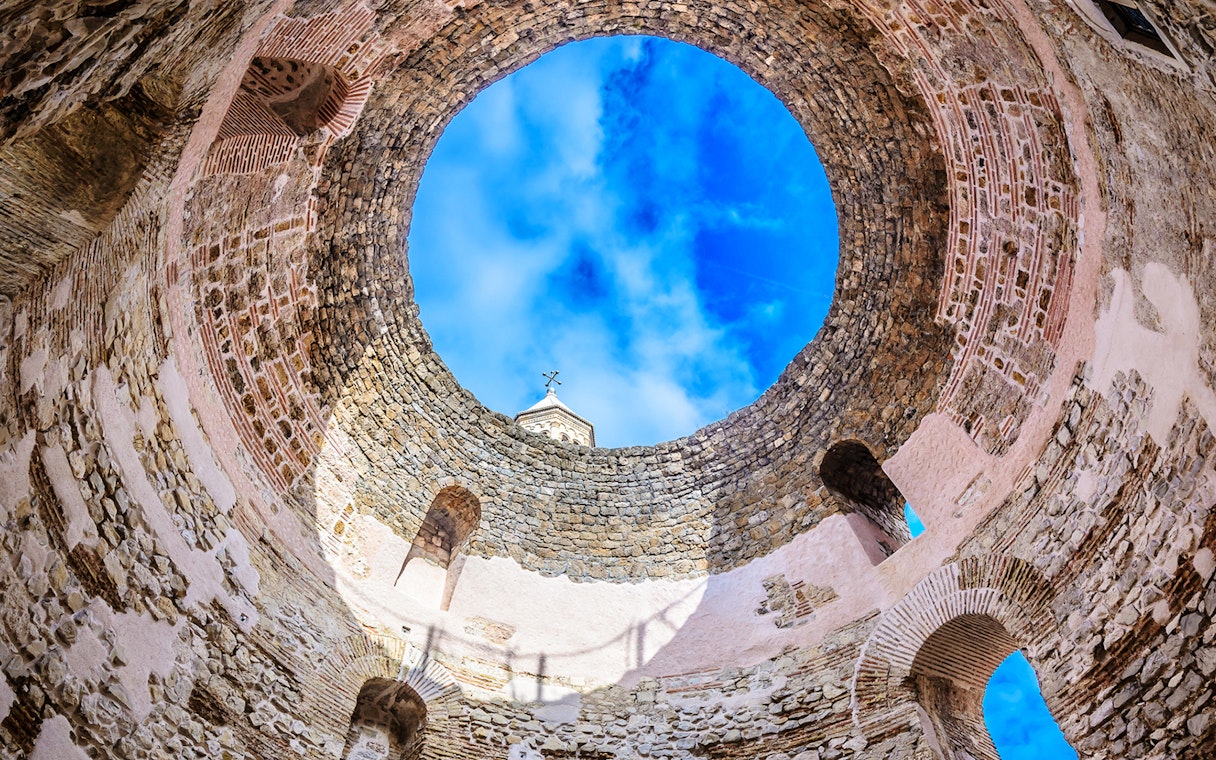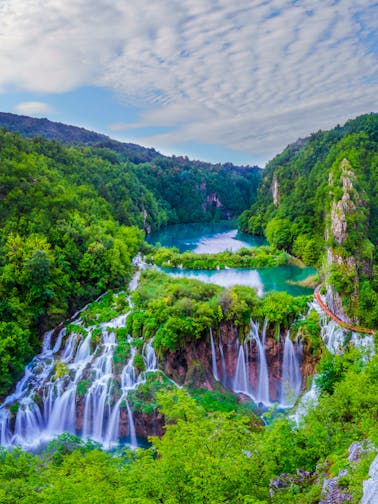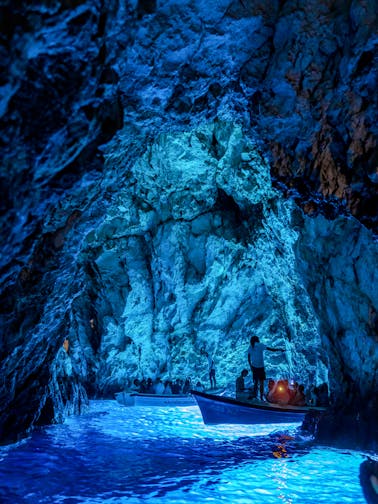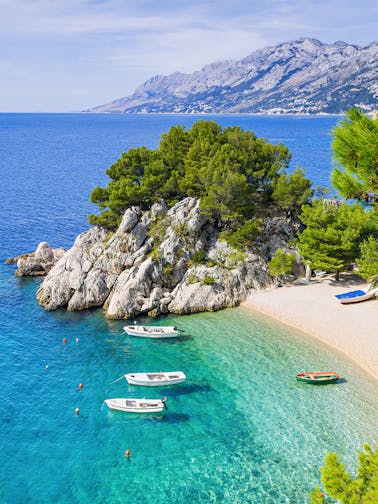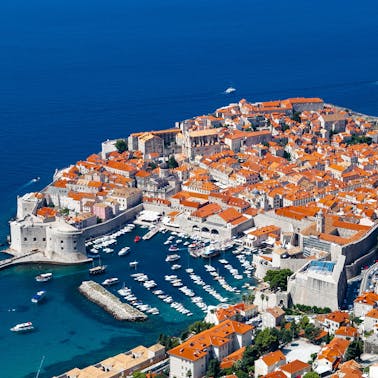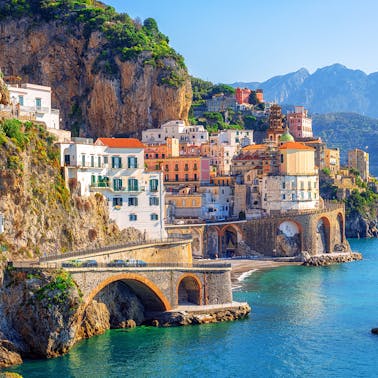Wycieczki po pałacu Dioklecjana
Odwiedź pałac Dioklecjana w Splicie w Chorwacji. Wybierz pieszą wycieczkę lub wycieczkę Game of Trones.
46 mln+ podróżników nas uwielbia
Oferujemy wycieczki najwyższej klasy
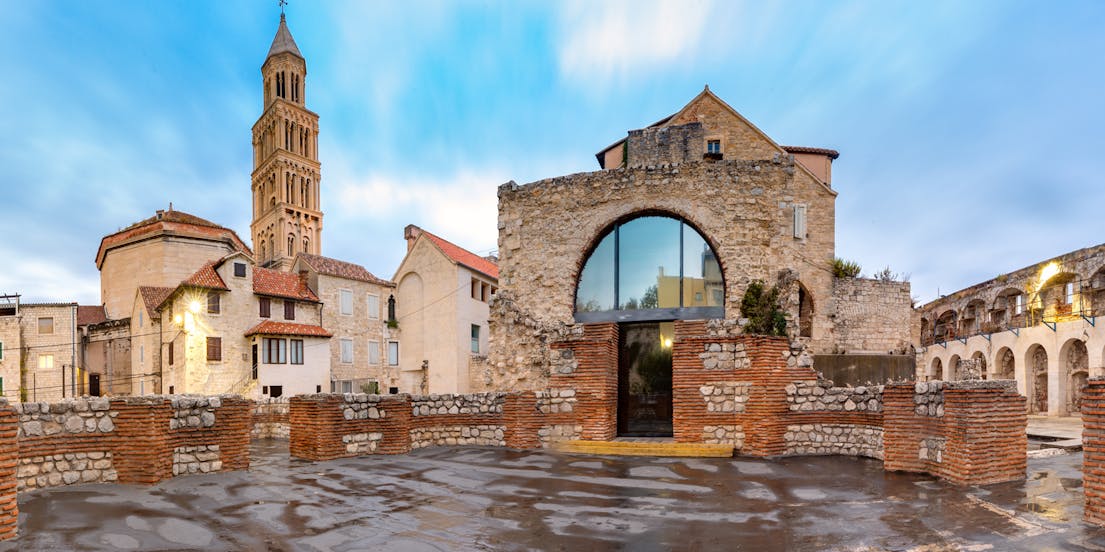
-
Ta piesza wycieczka z przewodnikiem to doskonały sposób na zrozumienie ewolucji Splitu, od rzymskiego cesarskiego schronienia do tętniącego życiem nadmorskiego centrum Chorwacji.
-
Twój pełen pasji przewodnik odkryje przed Tobą tajemnice Splitu i sprawi, że zobaczysz miasto poza utartymi szlakami turystycznymi.
-
Spaceruj po wpisanym na listę UNESCO kompleksie pałacu Dioklecjana, sercu Splitu, i chłoń jego bogatą historię.
-
Spotkaj się z mieszkańcami na promenadzie Riva, a następnie rozkoszuj się żywą atmosferą Placu Ludowego, szukając wyjątkowych pamiątek.
-
Ciekawostka: Kawiarnia Luxor, znajdująca się w Perystylu Pałacu Dioklecjana, szczyci się egipskim sfinksem strzegącym jej wejścia.
Więcej szczegółów
-
Ta piesza wycieczka z przewodnikiem to doskonały sposób na zrozumienie ewolucji Splitu, od rzymskiego cesarskiego schronienia do tętniącego życiem nadmorskiego centrum Chorwacji.
-
Twój pełen pasji przewodnik odkryje przed Tobą tajemnice Splitu i sprawi, że zobaczysz miasto poza utartymi szlakami turystycznymi.
-
Spaceruj po wpisanym na listę UNESCO kompleksie pałacu Dioklecjana, sercu Splitu, i chłoń jego bogatą historię.
-
Spotkaj się z mieszkańcami na promenadzie Riva, a następnie rozkoszuj się żywą atmosferą Placu Ludowego, szukając wyjątkowych pamiątek.
-
Ciekawostka: Kawiarnia Luxor, znajdująca się w Perystylu Pałacu Dioklecjana, szczyci się egipskim sfinksem strzegącym jej wejścia.
- Odkryj Split w zupełnie wyjątkowy sposób podczas wizyty w miejscach, w których kręcono Grę o Tron i poznaj historię najbardziej kultowych atrakcji miasta.
- Podczas tej pieszej wycieczki z przewodnikiem odwiedzisz Piwnice Dioklecjana, pałac, Złotą Bramę i przedsionek - wszystkie te miejsca pojawiają się w wielu ważnych scenach spektaklu.
- Pałac Dioklecjana jest integralną częścią historii Splitu, wpisaną na listę obiektów UNESCO.
- Słynna ulica Papalićeva na Starym Mieście jest również częścią wycieczki i była miejscem kręcenia filmu Bunt niewolników.
- Wyjedź z tej wycieczki z lepszym zrozumieniem historii, architektury i kultury Splitu, a także z nową miłością i uznaniem dla świata Westeros.
- Fakty: Piwnice Dioklecjana to miejsce, w którym Daenerys trzymała swoje smoki w 4 i 5 sezonie GoT!
Więcej szczegółów
- Odkryj Split w zupełnie wyjątkowy sposób podczas wizyty w miejscach, w których kręcono Grę o Tron i poznaj historię najbardziej kultowych atrakcji miasta.
- Podczas tej pieszej wycieczki z przewodnikiem odwiedzisz Piwnice Dioklecjana, pałac, Złotą Bramę i przedsionek - wszystkie te miejsca pojawiają się w wielu ważnych scenach spektaklu.
- Pałac Dioklecjana jest integralną częścią historii Splitu, wpisaną na listę obiektów UNESCO.
- Słynna ulica Papalićeva na Starym Mieście jest również częścią wycieczki i była miejscem kręcenia filmu Bunt niewolników.
- Wyjedź z tej wycieczki z lepszym zrozumieniem historii, architektury i kultury Splitu, a także z nową miłością i uznaniem dla świata Westeros.
- Fakty: Piwnice Dioklecjana to miejsce, w którym Daenerys trzymała swoje smoki w 4 i 5 sezonie GoT!
Split: podobne aktywności}
Ciekawe miasta w pobliżu

